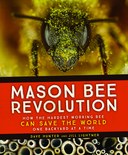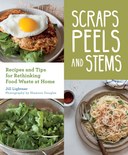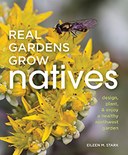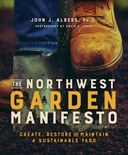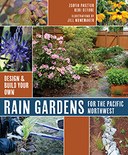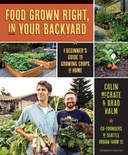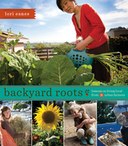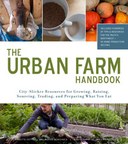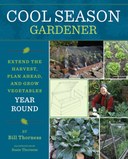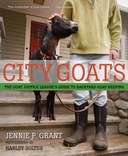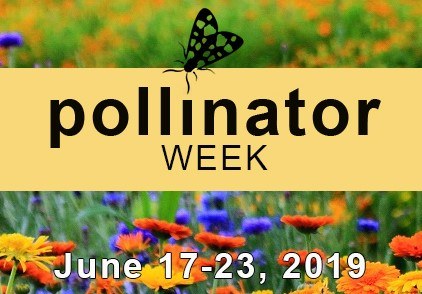
We depend on pollinators for the gardens we enjoy, many of the plant materials we utilize, and of course the food we eat. According to the Earth Day Network, 90 percent of flowering plant species are dependent on insect pollination, and a full 35 percent of global food production is comprised of crops pollinated specifically by bees.
"Where we used to rely on one [pollinator], the honey bee, a much more sustainable system depends upon, and healthfully supports, many different kinds," writes Dave Hunter, founder of Crown Bees, in Mason Bee Revolution: How the Hardest Working Bee Can Save the World One Backyard at a Time.
This National Pollinator Week, we celebrate our native mason bees and think about what we can do to help support them.
The following is excerpted and adapted from Mason Bee Revolution.
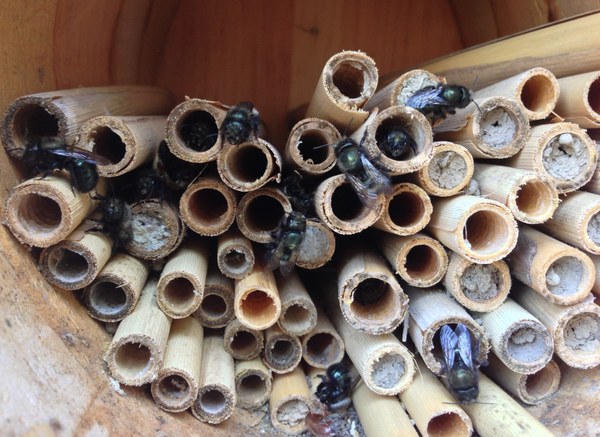
Five Steps to Creating a Bee Haven
If you currently rely on chemical herbicides and pesticides for your garden success, or you grow a traditional green lawn with minimal other attractions, try the following five simple ideas to move toward a more bee-friendly style of gardening.
-
Add one native plant.
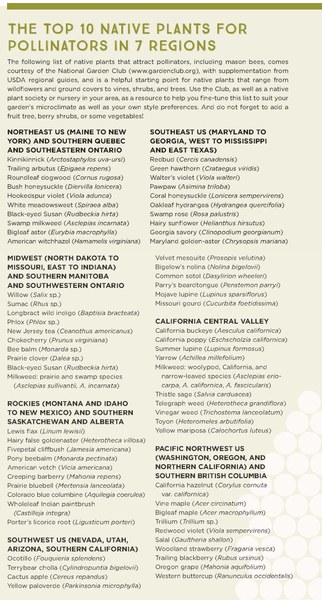 Species that belong in the habitat where you live tend to be easy-care for you, and have an already-existing beneficial relationship with your climate and its other native plants and animals. See our list of Top 10 Native Plants for suggestions. (Editor's note: Real Gardens Grow Natives is a great resource for in-depth information and recommendations.)
Species that belong in the habitat where you live tend to be easy-care for you, and have an already-existing beneficial relationship with your climate and its other native plants and animals. See our list of Top 10 Native Plants for suggestions. (Editor's note: Real Gardens Grow Natives is a great resource for in-depth information and recommendations.) -
Dispose of one pesticide, herbicide, or chemical fertilizer.
This might be an easy switch for you, like making the switch to enriching your garden beds with compost in the fall rather than applying a powdered fertilizer. If you are heavily reliant on routine applications of pesticides, however, you might have to relax your standards of appearance for a season or two while beneficial insects return to your yard and begin their work of keeping pests naturally in balance. You can also investigate options like dish soap for aphids, or homemade milk sprays rather than heavy-duty fungicides. -
Allow one pest to live.
Some are more damaging than others, but the presence of a pest might attract beneficial insects that will gobble the pest up without your having to be directly involved. From small mammals all the way down to beetles, snails, or aphids, learning to live with just one might not be as painful as you think. -
GROW ONE KIND OF FOOD.
Tomatoes or herbs in containers are an easy place to start, but a fruit tree or berry bush can be remarkably low maintenance, as well as delicious, healthy, and an enjoyable experience for young children. Choose something you love that suits your climate. (Editor's note: Get ideas from Food Grown Right, In Your Backyard or From Tree to Table) -
Set up a mason bee house in your yard or a neighbor’s yard.
Now that you have made your environment more bee-friendly, it is easy to set up a small house for these gentle bees. If you already have one at your home and a new neighbor moves in, bee houses and bees can be a terrific housewarming gift!
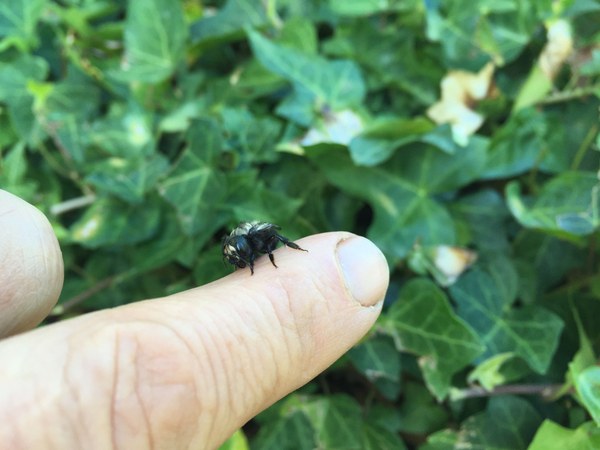
About The Pollinator Partnership
The originator of National Pollinator Week, the Pollinator Partnership’s mission is to promote the health of pollinators, critical to food and ecosystems, through conservation, education, and research. Visit www.pollinator.org for more ways to support pollinator conservation.
About Crown Bees
Crown Bees sells native mason bees and supplies for backyard gardeners and nurseries, with a vision to change the way we pollinate to protect our environment and sustain our food supply. Learn more at www.crownbees.com.
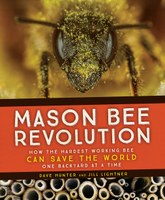
About Mason Bee Revolution
By Dave Hunter, the founder of Crown Bees, and well-known food journalist Jill Lightner, Mason Bee Revolution: How the Hardest Working Bee Can Save the World One Backyard at a Time explores the facts (and fictions) of pollination and food production, with a focus on how mason bees can help everyday gardeners get more from their own fruit trees, berry patches, and vegetable beds. Raising these hardworking bees is a fun, simple hobby for gardeners, conservationists, foodies, and families alike.
Interested in learning more? READ about SUPER VOLUNTEER ANITA ELDER'S EXPERIENCE RAISING MASON BEES.
Add a comment
Log in to add comments.Before I moved, I raised mason bees for five years. I started with 24 cocoons and ended with over 5000 of them. They went to a good home further north where a couple had a small orchard and needed some bee love. I hated to get rid of them, but my new home didn't have any fruit trees and the back yard didn't get any east or southeast morning sun.
I can't sing their praises enough, though. When I started my yard had three Asian pear trees, a fig tree and a cherry tree. The pears weren't doing very well and the little fruit they produced tasted bland. Within just one year, the pollination of the mason bees worked magic and the pear trees went on to be very prolific with really sweet tasting fruit. The other fruit trees produced greater yields, too.
 Mountaineers Books
Mountaineers Books
